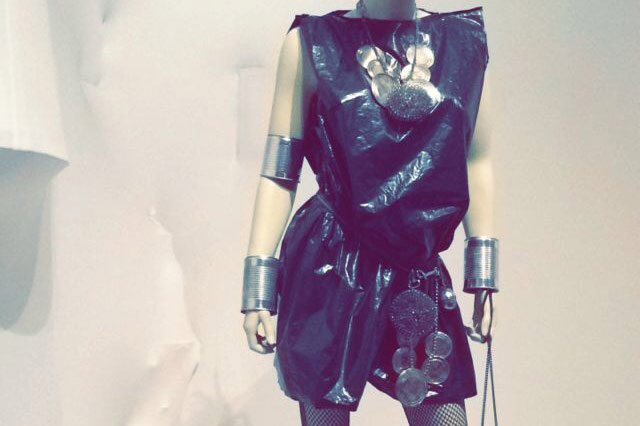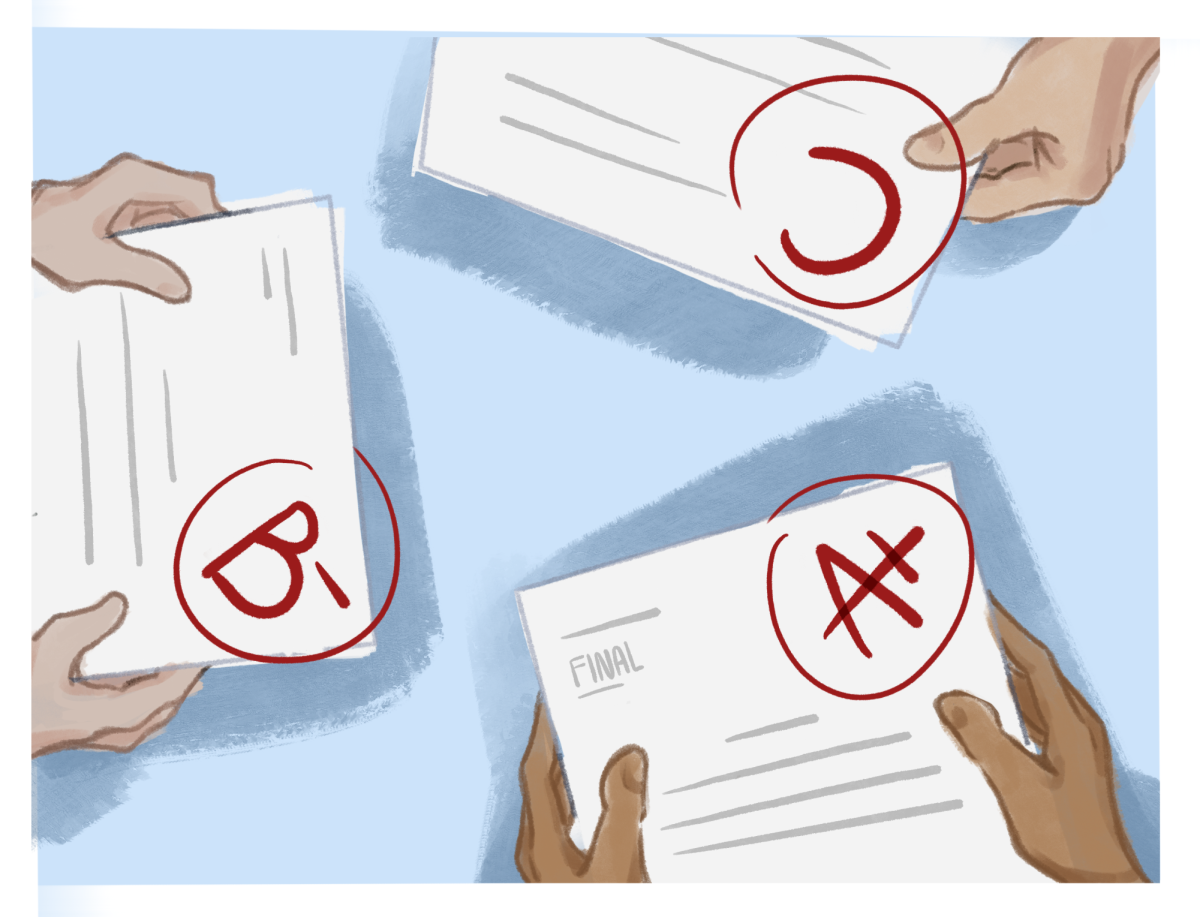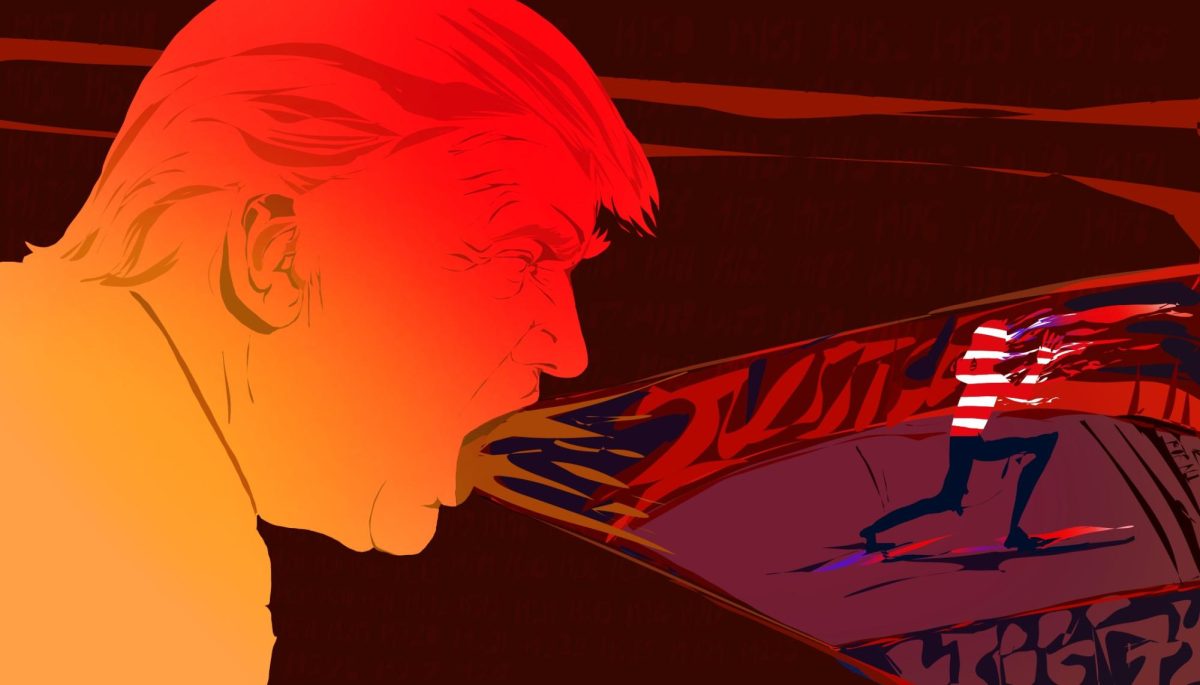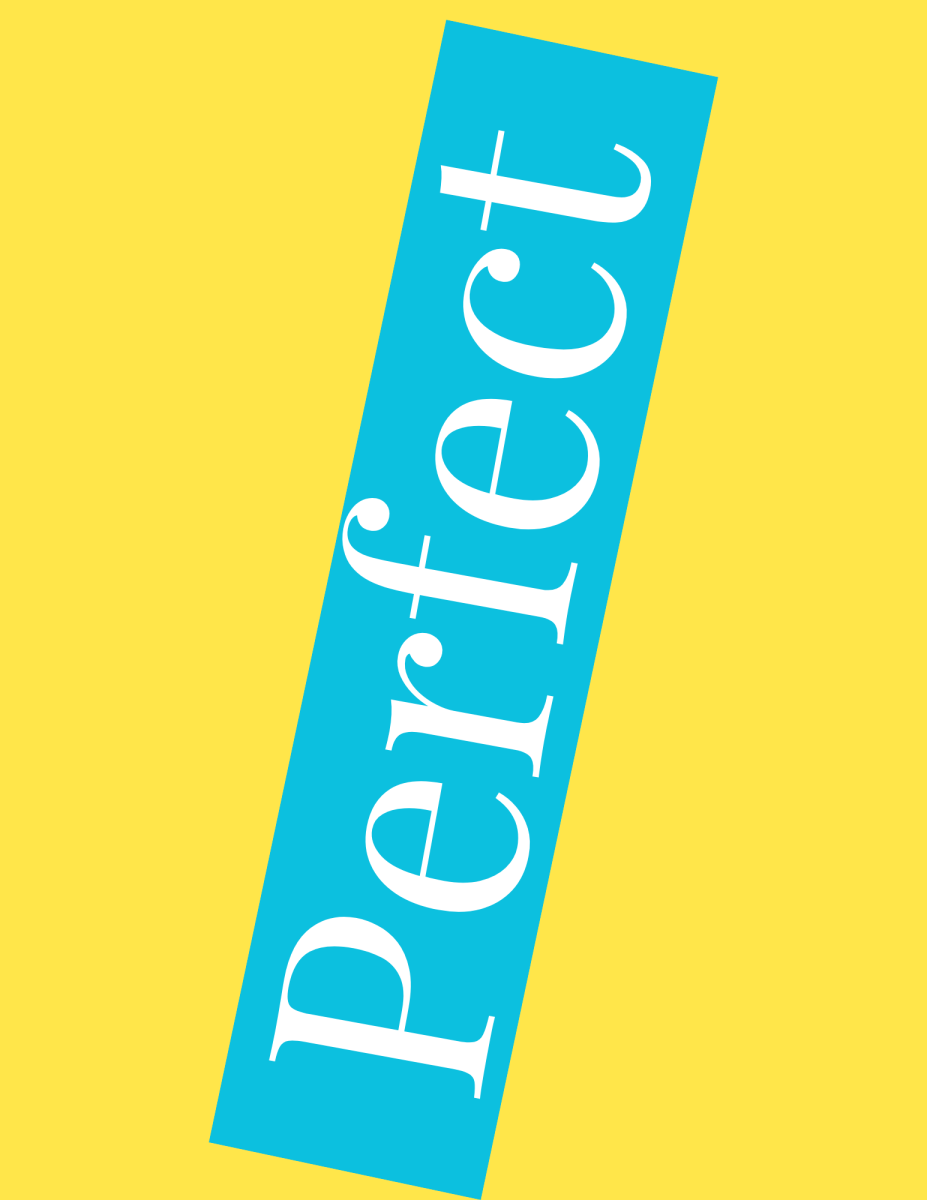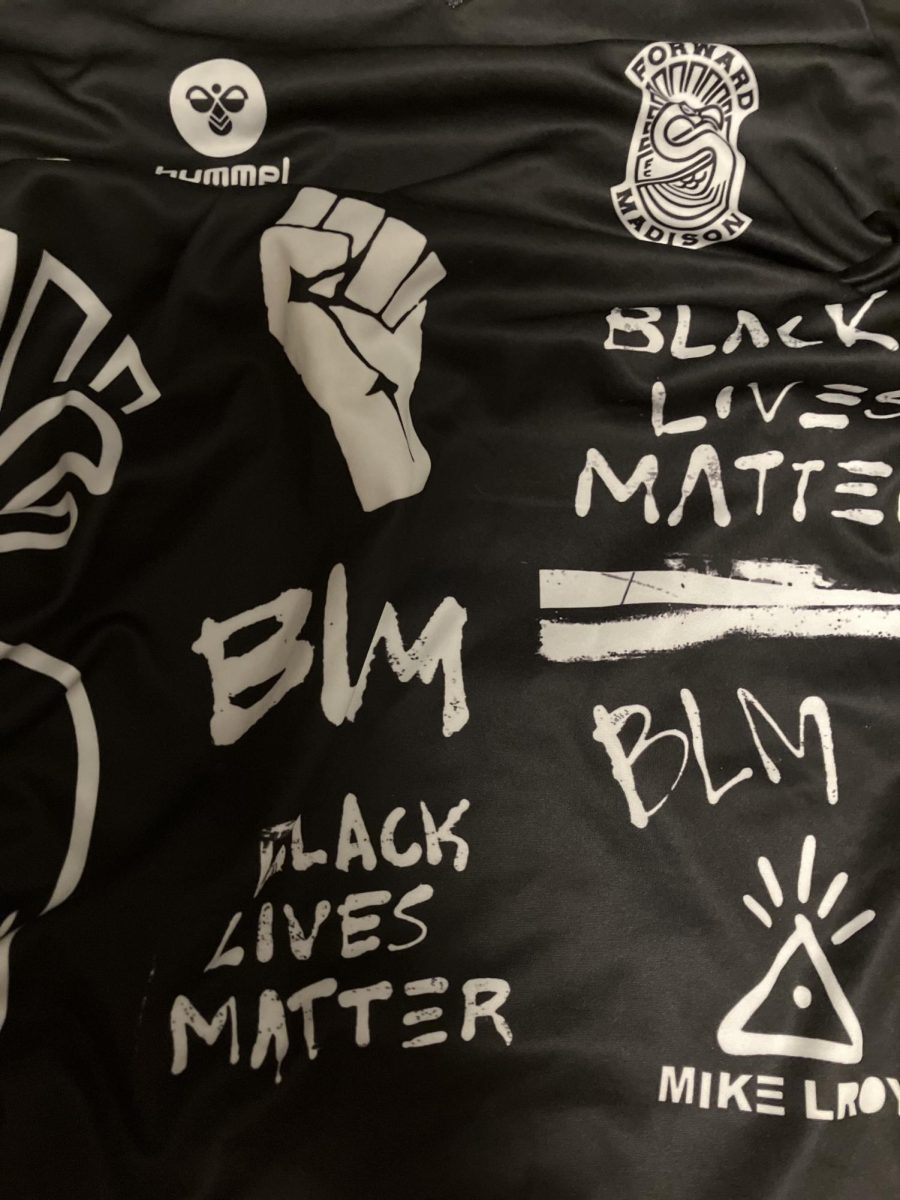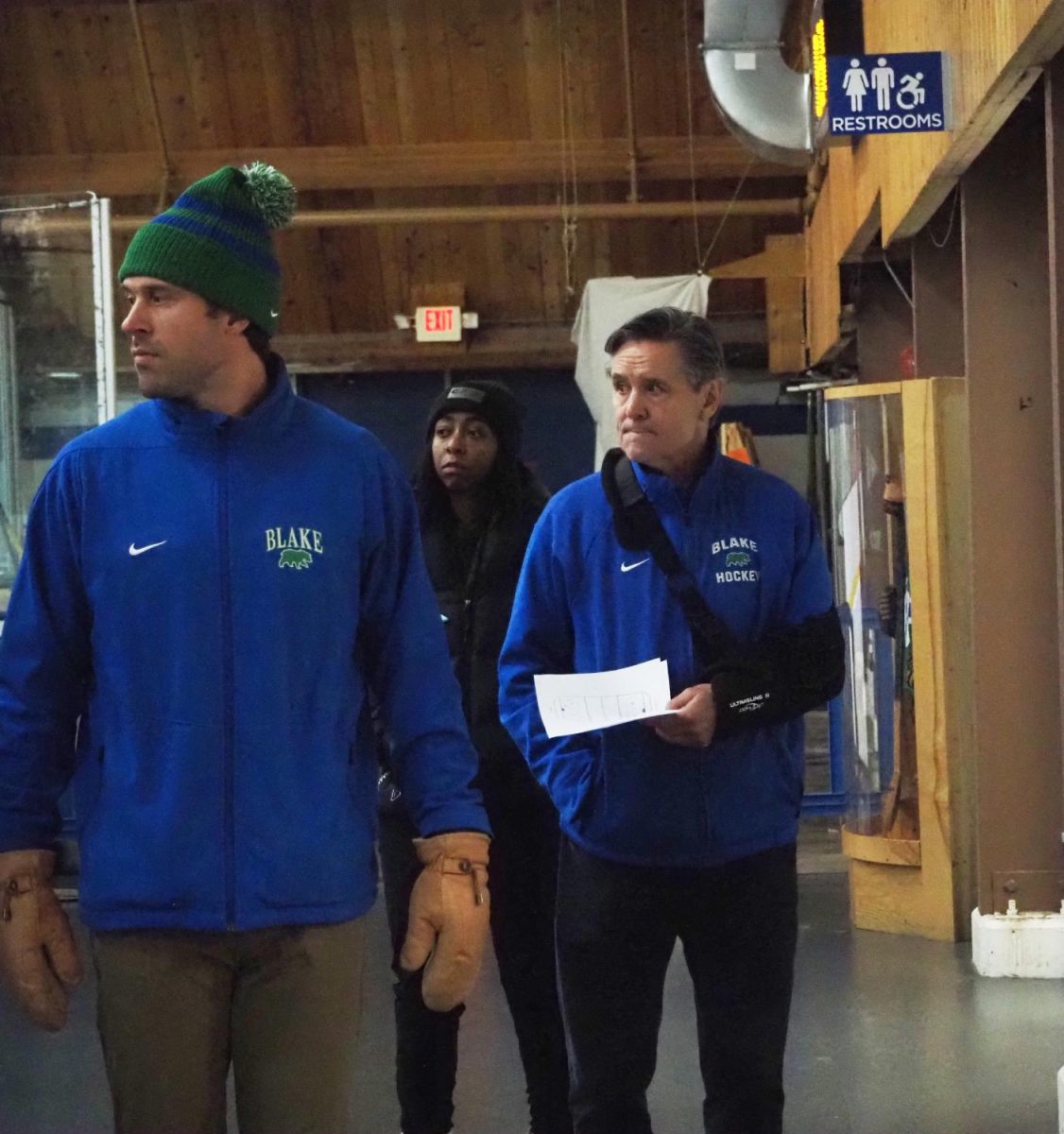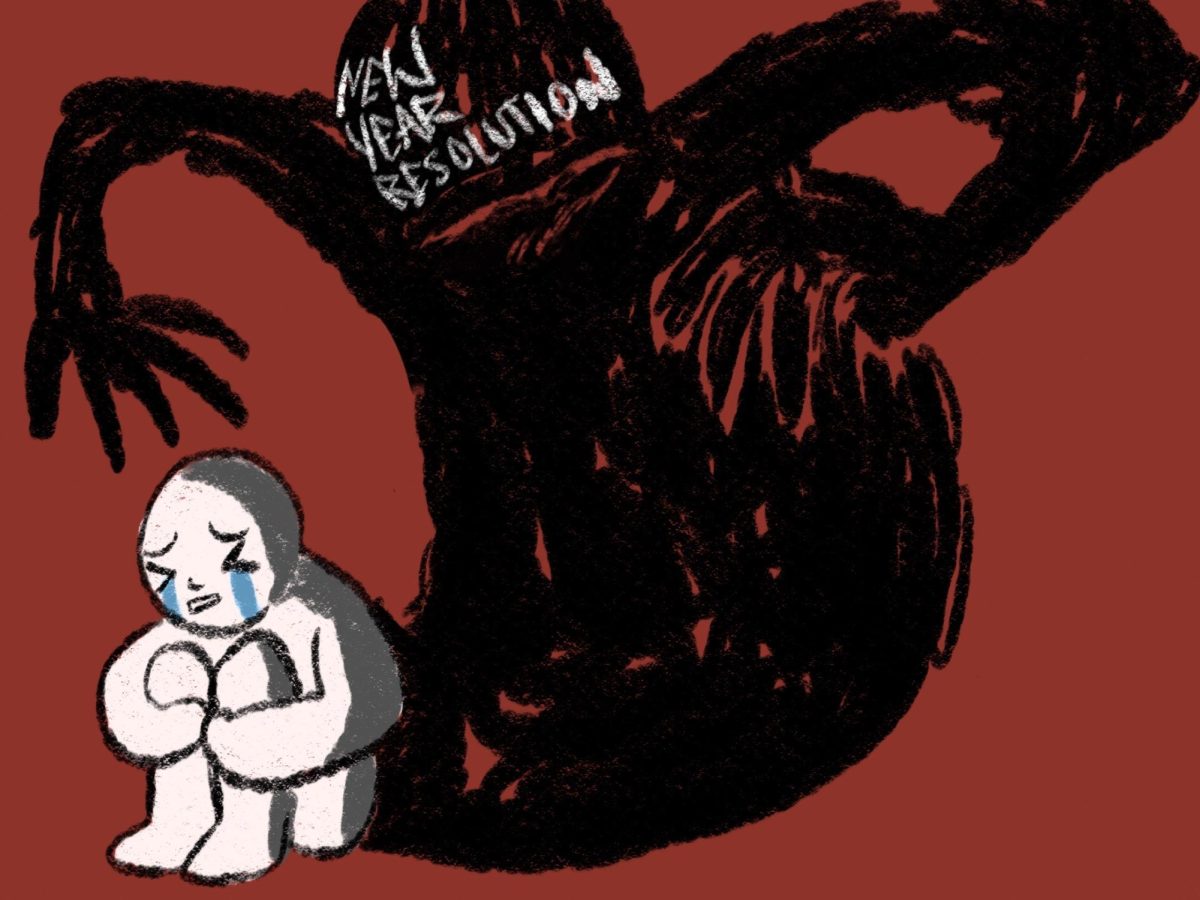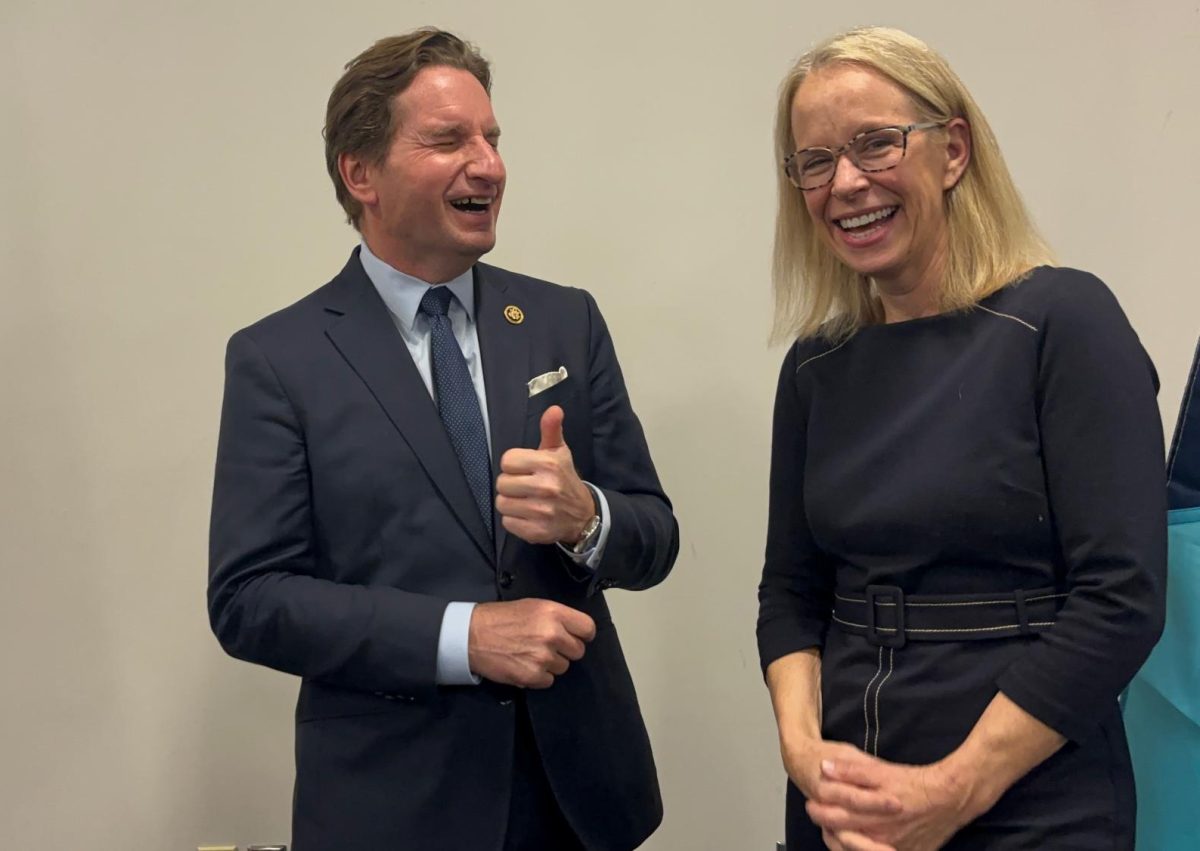This summer I took a course in Paris called “Paris and the Fashion System.” I didn’t know what to expect since the course name was so broad, but after the first day of class I realized that the topic we were about to study for three weeks was one everyone needs to be educated on.
When I used to shop for clothes, I never even thought about where the item actually came from. I knew the designer and the store I was buying it at, but I didn’t actually know where the materials were sourced and who made the product I was ultimately buying. I doubt many people know where their clothes or any items come from or understand the intense labor that goes into making the product. The bulk of my course focused on the garment industry and the supply chain that goes along with it. When I say “supply chain” I’m referring to the process involved in the production and distribution of a product. In the garment industry, the supply chain looks like this: raw material suppliers à textile clothing manufacturers à clothing buyers à clothing retailers à clothing consumers à product disposal. Little do we know about each step in the process because most companies don’t want to expose what happens to a product before it reaches the hands of the consumer.
I learned in my course that it’s our job as the consumer to take responsibility for our purchases. Since most companies are not transparent on their supply chain, it’s crucial, as consumers, to research and educate ourselves on the companies from which we purchase products. Fast fashion companies, such as Zara, H&M, and Forever 21, have a devastating impact, from sweatshops and child labor to pollution and global warming. I’ve started to investigate Slow Fashion, companies which stand up against exploitation, family separation, slum cities and pollution – all the things that make fast fashion so successful. Although it can be harder to find companies that treat their workers fairly and make ethical and sustainable products, ultimately you’re supporting a better way of producing goods.


